Early Childhood
Why Does Early Childhood Matter?
While many Alaska school districts only directly serve kindergarten through 12th grade, a growing body of research confirms, and schools recognize, the significance of early childhood experiences on the long-term success of children in school and life and the impacts even for their children.
Quality early childhood experiences help build the neural connections that children rely on when it comes time to read, write and navigate social and emotional challenges. Seemingly simple interactions like talking with a baby, playing a game and taking turns with a toddler or exploring the outside world with a four-year old can have profound effects on a child’s brain.
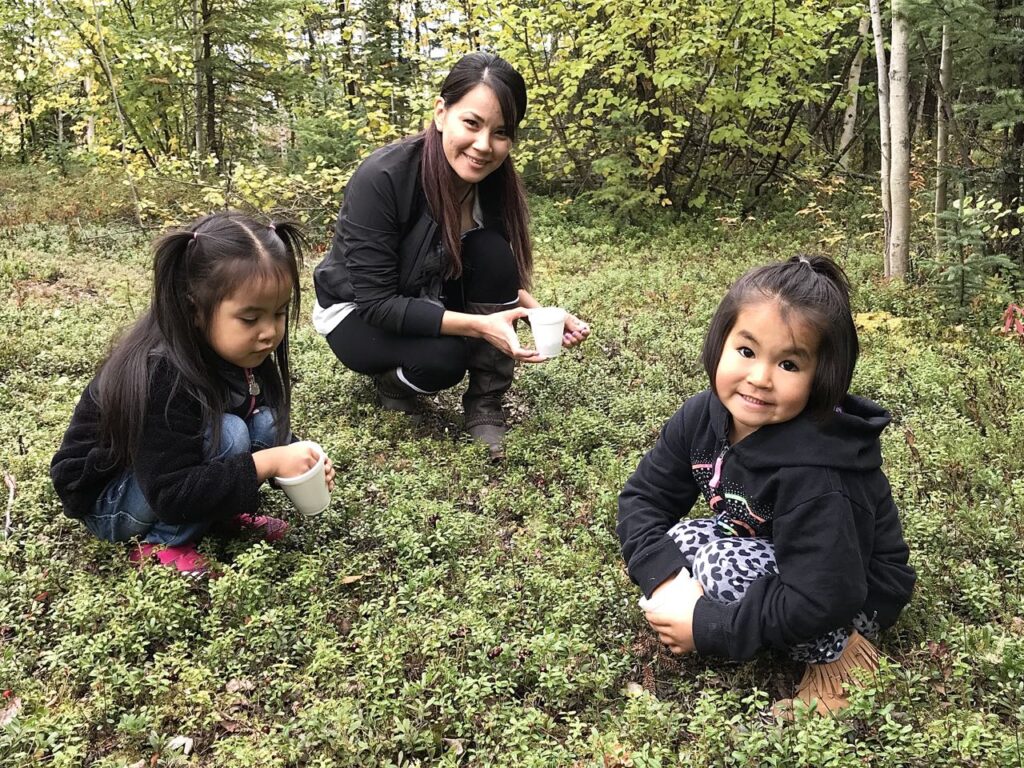
School districts across Alaska understand that quality early childhood experiences, for children, from birth through age five, and their families results in more students ready for kindergarten and increases the number that achieve academic milestones by third grade. This is directly linked to brain development and 90% of the adult brain is developed by age six. While the brain continues to grow, laying a strong foundation early in life can prepare a child for life-long learning.
In 2019 Nobel Prize winner James Heckman released new results of a long-term study showing that children of low-income families who attended a rigorous preschool program went on to lead more stable lives than a control group of peers who were not enrolled. As adults now in their mid-50s, those who participated in the preschool program continue to be more socially adept, healthier and earn higher incomes than their peers. Professor Heckman, an economist, also found that investing in quality early childhood experiences can have an astounding 13% return on investment.
“A paradigm shift is needed for society. We need to realize how important early childhood development is. It has long-term implications for everyone.” – Anchorage parent.
Equitable and Quality Early Childhood Education in Alaska
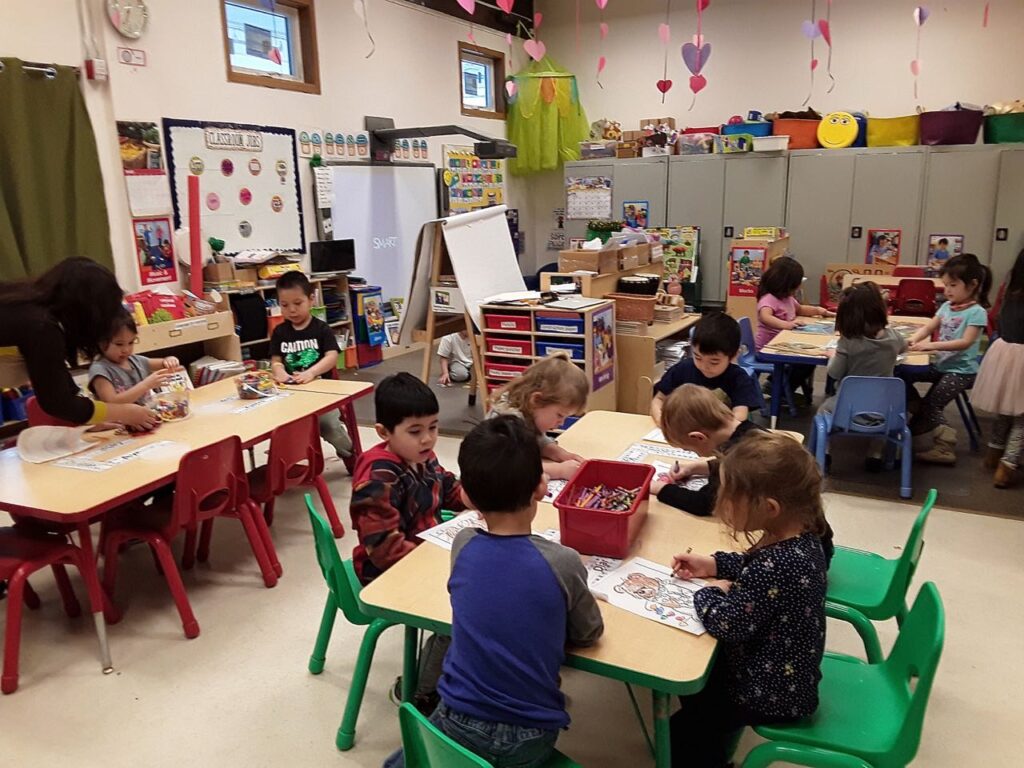
Early childhood experiences can be different for each child and family; there is no one right way to do it. Some families opt for formal early learning settings through child care, Head Start, and other pre-K programs. Other families chose less formal settings, whether the child is home with a parent or spends time with a caregiver like Grandpa, Auntie, or a neighbor. Many juggle a complex blend of both.
The exact setting is less important; what matters is that children have age-appropriate opportunities to grow and develop every step of the way.
Unfortunately, too many of Alaska’s families have to make difficult choices due to challenges with availability, quality and/or cost. According to the Alaska Early Care and Learning Data Dashboard, at least 18% of families in need of early care and learning for their children are not currently participating in these services. The statewide early childhood needs assessment found the barriers to access affect all areas of the state in different ways:
Most Important Factors in Difficulty Accessing Child Care or Preschool Programs

Even for those who do have access, it can be tremendously expensive. The same dashboard and the needs assessment found that single mothers in Alaska spend over one-third of their income on child care.
Alaska Cost of Licensed Child Care as a Percent of Median Household Income

Many communities and districts are currently working towards providing more quality early childhood education programs to ensure all students enter kindergarten ready to learn.
“There is a difference in children when early childhood education isn’t available. Having the programs in place makes a huge difference and the kids are really supported.” – Minto parent
What does it mean to be “kindergarten ready?” Alaska is one of two dozen states that does not have a statewide definition of what it means to be ready for kindergarten. The Alaska Developmental Profile, an assessment made by kindergarten teachers during the first months a child is in their classroom, does give a sense of the social and emotional, pre-reading and cognitive process skills that Alaska’s children have developed before they enter the kindergarten classroom. In recent years, only one-third of Alaska’s kindergarteners met 11 of the 13 domains. In other words, two out of three children do not have many of the skills or experiences that can help them get off to a good start in school.

What Does Coordinated Early Childhood Education Look Like in Practice?
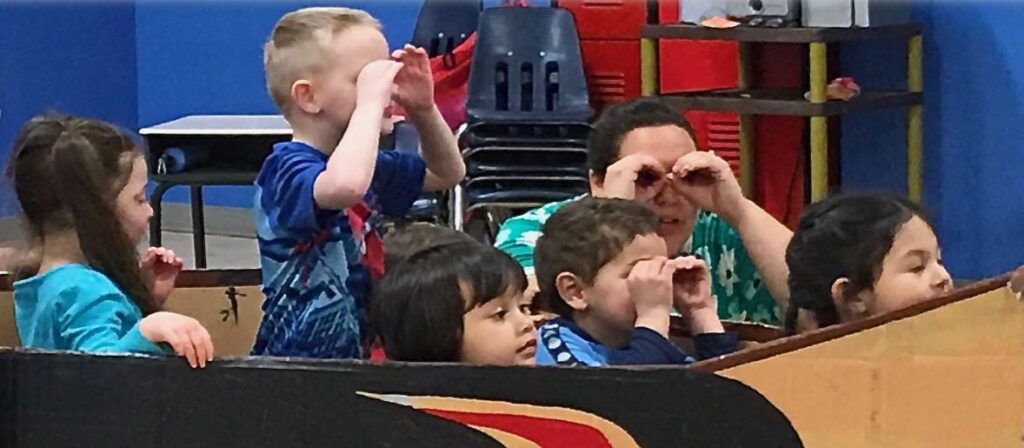
Wooch.een Yei Jigaxtoonei – We are Working Together Preschool Program
When the Sitka School Board updated its strategic plan in 2012 they made its first goal closing the achievement gap for students who qualify as low income. They knew from the research that one of the best places to start was with the community’s youngest children. At that time the Head Start program was only able to serve 11 children – far less than the number of low-income kids who qualified and needed early care.
The school district, the Sitka Tribe of Alaska, and the Central Council of Tlingit Haida Indian Tribes of Alaska which operated Head Start in the region partnered to create a program that could meet the existing needs of low-income students and their families. As a result, over 40 children and their families now have access to high quality, culturally relevant pre-school experiences. The collaborative Head Start preschool program titled “Wooch.een Yei Jigaxtoonei” (“We are Working Together” in Tlingit), also pooled resources to offer more high quality training for staff and families. Now the team is working to expand the culture and language curriculum to the other pre-K programs in the community so that even more staff, families, and children can benefit from the place-based tools and training that have been developed over the past seven years.
“We can get the most benefit by intervening early and building a strong foundation for our kids.” – Kodiak community member
How Can AASB Help My Early Childhood Efforts?
- Developing Early Childhood Resources: AASB has worked with communities and stakeholders to develop Alaska-specific early childhood resources for our member programs. Serving as project manager, AASB coordinated the Preschool Development Grant process on behalf of the Alaska Department of Education and Early Development in partnership with the Alaska Department of Health and Social Services Child Care Program Office. With guidance from the Early Childhood Joint Task Force, a statewide needs assessment of the early childhood system was completed in December 2019 and a statewide strategic plan was created in June 2020. The plan is intended to guide system change and promote better collaboration between the network of public and private health, social services, child care, and education programs and services that work to support young children’s lifelong learning and well-being. AASB also contributed to the early childhood environmental scan completed in June 2020.

- Coordination: With the goal of achieving seamless quality early childhood care and education, AASB conducts workshops, focus groups, and facilitated discussion with early childhood stakeholders to improve early childhood resources, data, and community partnerships. It also can serve as a coordinator or project manager. This often includes partnerships with tribal organizations, non-profits, or statewide organizations for seamless approaches to early childhood development, successful kindergarten transitions, and best practices for early childhood academic and social-emotional outcomes.
- Advocacy: AASB’s members, 50 school boards across the state, have put forward seven resolutions and two belief statements related to early childhood which allow AASB members and staff to advocate for early childhood programs. They are anchored by one of the belief statements: B.19 EARLY CHILDHOOD EDUCATION All children should have rich learning opportunities during the formative early childhood years. The Association of Alaska School Boards therefore supports and encourages districts and/or communities to develop early childhood programs, which include parent and family involvement. Amended 1998, 2007, 2012, 2015
School districts can and have approved their own resolutions to advocate for early childhood. Here is an example. LKSD 17-04 Mandatory Pre-K
AASB worked with STEPS grant partners in Southeast Alaska to develop the “Rain or Shine Learning All the Time” campaign. The vibrant graphics and and informative, positive messages are tailored to share bite-sized nuggets of information about child development and supportive caregiving practices. Rain or Shine is funded in part through the Reuben E Crossett Fund and US Department of Education. Learn more about the campaign here or contact Emily Ferry if you would like to participate.

How Do We Get Started?
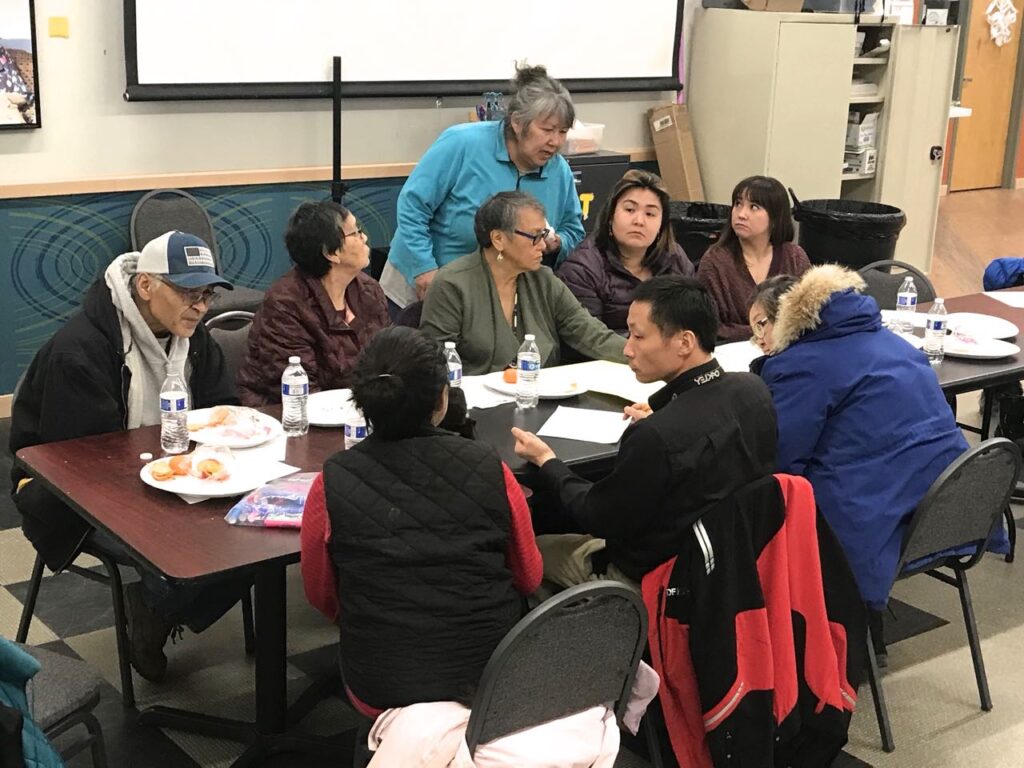
1. Assess the need
Before launching a new preschool initiative or program, be sure to assess your communities’ needs by looking at the data and talking with families, early childhood professionals, caregivers, and community members, business leaders and decision-makers.
Are there enough early learning opportunities? What age group is underserved? If quality of care is an issue how might school districts partner with early care providers to offer more professional development and additional support for the early childhood workforce and caregivers in your community?
You can consult the new early childhood statewide needs assessment, strategic plan and environmental scan. The Alaska Early Care and Learning Data Dashboard contains statewide and borough/census area data about childcare availability and needs. Tribes, local governments, and other community organizations can implement community specific surveys. Community cafes and focus group-style discussion with families and early care and education providers can generate insight.
2. Build support for investments in early learning
If school districts are interested in investing in early learning opportunities, it helps to build broad support by engaging a cross-section of the community to ensure the school district is collaborating to appropriately create early learning opportunities or expand existing ones. Are there local businesses, tribal organizations, or other organizations that are interested in improving and expanding early childhood programs whether school, center or home-based?
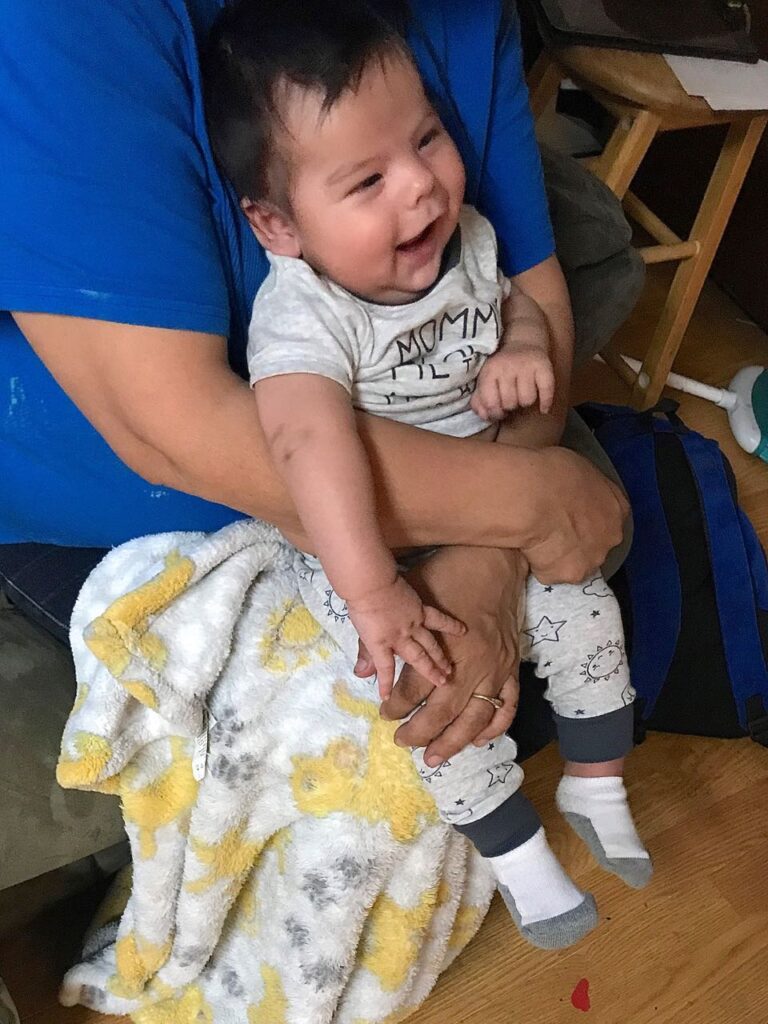
3. Build on early childhood research and local knowledge
Design your programs to build on best practices in the field around early childhood development. Link learning, play, and child care to families and place and partner with and involve knowledge bearers in your community or region.
4. Create a roadmap for early childhood education in your community
Include effective and comprehensive strategies for children in your district. You can also create your own early childhood policies as many other districts have done.
5. Create a definition of kindergarten readiness in your district
What are the supports, experiences, or developmental milestones you would like to ensure each prospective student has when they arrive at school? Is there alignment and collaboration that can happen between Head Start, district programs, or other community programs to ensure successful transitions into kindergarten?
Resources
Key Resources for School Boards and Administrators, Early Childhood Professionals, and Community Members
- “A Needs Assessment of Alaska’s Mixed Delivery System of Early Childhood Care and Education,” Dec. 2019. A statewide report, appendices and summary brochure used to create the strategic plan below.
- “Appendices – A Needs Assessment of Alaska’s Mixed-Delivery System of Early Childhood Care and Education,” Dec. 2019.
- Needs Assessment Summary Brochure Readable
- Needs Assessment Summary Brochure Printable 8.5×14
- “Early Childhood Alaska: A Strategic Direction for 2020-2025,” June 2020. Based on the needs assessment above, a five-year plan, planning process report/appendices and summary brochure. Also the Early Childhood Alaska website www.earlychildhoodalaska.com provides information, resources and reports from the statewide early childhood strategic planning process.
- Strategic Planning Process Report/Appendices – “Early Childhood Alaska: A Strategic Direction for 2020-2025” June 2020.
- Strategic Plan Summary Brochure Readable
- Strategic Plan Summary Brochure Printable 8.5 x 14
- “Alaska Early Childhood Environmental Scan and Baseline Report on the Condition of Young Children,” June, 2020. A report prepared by the All Alaska Pediatric Partnership (A2P2).
- “Alaska Early Care and Learning Data Dashboard” housed and maintained at thread Alaska.
- “Early Care and Learning in Alaska” updated Oct. 2019, thread Alaska.
- “Alaska Early Childhood Comprehensive Systems Plan”
- “Alaska’s Early Childhood Comprehensive Systems” (one-page graphic)
- “Child Care and Development Fund Plan for Alaska FFY 2019- 2021”, (8 sections) Alaska Dept. of Health and Social Services Child Care Program Office
- Alaska Early Childhood Coordinating Council website
- “Alaska’s Early Childhood System Birth through Age 8” (graphic, 2 pages)
- “Strengthening the System: Alaska’s Comprehensive Integrated Mental Health Program Plan 2020-2024” Alaska Department of Health and Social Services in partnership with the Alaska Mental Health Trust Authority.
Examples of School Districts’ Early Childhood Policies
Click on the district to get to their website policy page. Then use the search bar and type in “early childhood”, “preschool”, and “kindergarten” (be sure to include quotation marks) and search for each topic to find various policies that relate to early childhood education.
- North Slope Borough School District
- Skagway City School District
- Annette Island School District
- Chugach School District
- Lower Kuskokwim School District
- Southwest Region School District
AASB Early Childhood Resolutions, Reports and Articles
- AASB Early Childhood Beliefs and Resolutions
- “AASB and Statewide Partners Work to Improve Alaska’s Early Childhood Care and Education System.” Commentary, Dec. 2019
- “Alaskans Around the State Help Build the New Early Childhood Strategic Plan.” Commentary, Feb. 2020
- “New Strategic Plan for Alaska’s Early Childhood System Nears Completion.” Commentary, May 29, 2020
- “Alaska’s Early Childhood Needs Assessment and Environmental Scan Now Available.” Commentary, August, 2020
- “Guidance to Improve Alaska’s Early Childhood System Offered in New Statewide Strategic Plan.” Commentary, September, 2020
- “Early Childhood Conversation,” AASB Spring Academy, April 6, 2019
- “Early Childhood Strategic Plan Luncheon,” AASB Annual Conference, Nov. 8, 2019.
- “Update on the New Statewide Plan for Early Childhood Care and Education.” Snapshot Session Notes, AASB Annual Conference, Nov. 8, 2019
- “Preschool Development Grant 2019-2020,” reports and photos describing the progress of AASB’s coordination of the state’s Preschool Development Grant to complete Alaska’s early childhood needs assessment and strategic plan.
